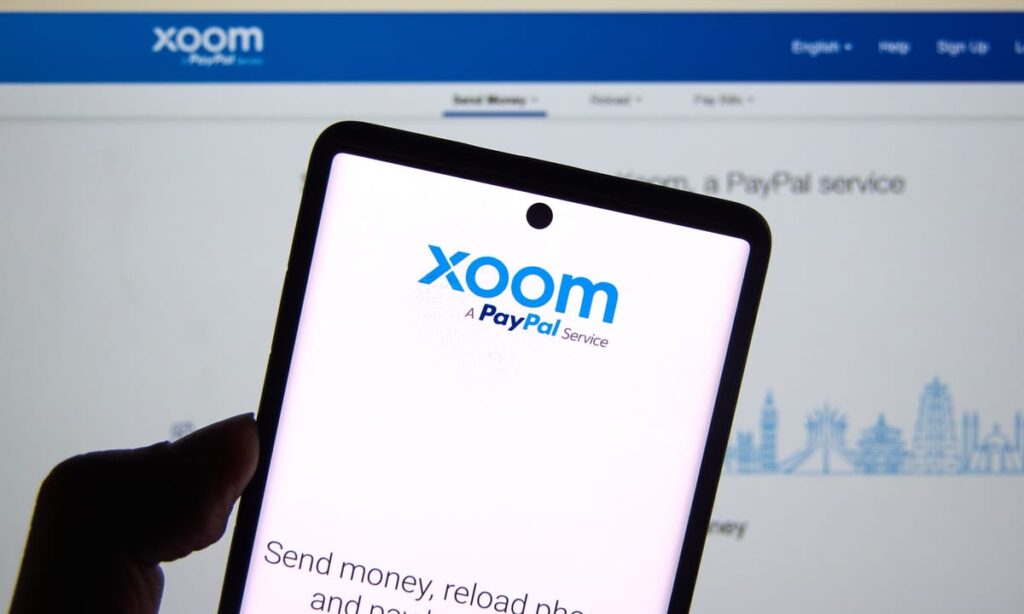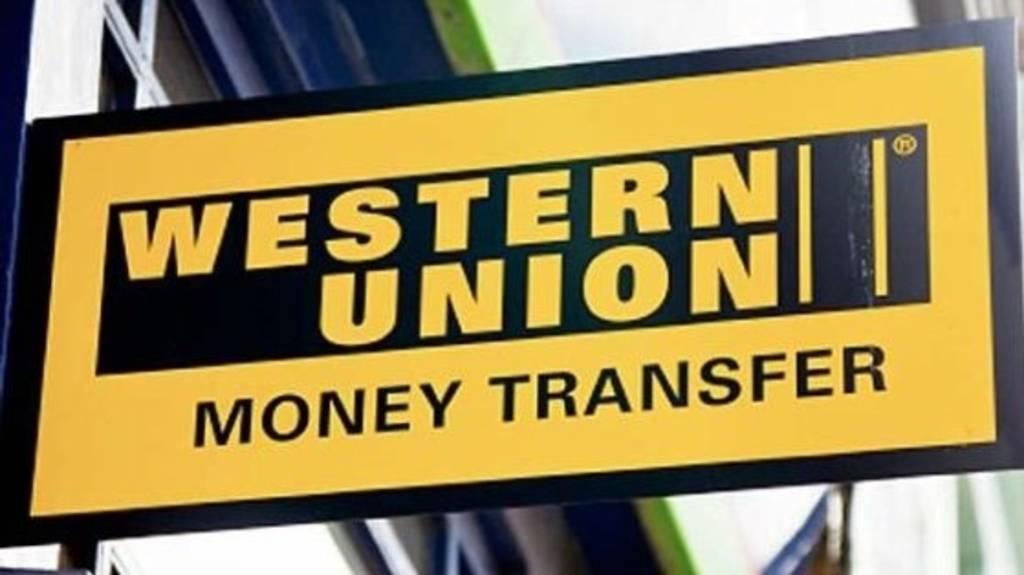How to receive International Payments in India? Whether you’re a freelancer working for international clients or a person who has relatives abroad. We all have looked at how to receive international payments in India into our very own Indian bank accounts. Here, we have compiled a list of some of the best methods to receive payments from abroad in India.
Table of Content…
1. Direct Bank to Bank Transfer (International)
The age-old method of transferring money is still widely used. It is a convenient and authentic way to transfer money from one bank account to another. Users can simply head over to their bank and place a money transfer request to an international bank account holder, by providing details such as account number, name of the recipient, name of the bank, and sometimes IFS code.
Many banks have come up with eBanking methods to support money transfer from the comfort of your home as well. Facilities such as mobile and internet banking can help in transferring money online without having the need to visit a bank. A large proportion of people still use this method as there’s no middleman hassle, no signing up for accounts, and waiting for verification.

2. PayPal
The most obvious choice that comes to everyone’s mind is PayPal. PayPal is the oldest and most reliable service for anything related to online money transfers, be it international payments or local. Many international apps and services also provide the option of paying with PayPal in order to buy/avail their premium services. It also has the easiest interface out there, with simple send/receive features.
After the money is received in your PayPal account, it’ll automatically be transferred to your bank account within 24 hours. You also have the option to manually transfer the money into your bank account, for that, you must transfer a minimum of $10 from your PayPal account. The best thing about PayPal is that it’s available in almost every country of the world. So no matter where you’re receiving your payments from, PayPal always has your back.

3. Xoom
Xoom is another money transfer service provided by PayPal. With Xoom, users can directly send money to the recipient’s bank account, set up a cash pickup and home delivery service, and access other international payment services such as bill payments, telephone recharge, etc. There’s also no need to sign up or create a new account in order to use Xoom, you can simply log in with your PayPal account credentials and you’re good to go.

4. Western Union
Western Union is another old and reliable method of sending/receiving international money. With Western Union, users can send money straight into the recipient’s bank account through online and mobile banking. Senders can also visit a nearby Western Union location and simply hand over the cash and generate a Money Transfer Control Number (MTCN). The receiver can now visit any nearby Western Union agent and provide the MTCN number, along with an ID proof, to get hold of the money.

5. Wise
Wise (Formerly TransferWise) has come up with an alternate solution to other money transfer methods that have huge and costly transaction charges (*cough* PayPal *cough*). Although it is not available across the globe (At present, you can receive payment from 59 countries in India), it does provide a genuine solution as it doesn’t force any hidden charges while sending/receiving money. Wise is slowly taking over the competitive international money transfer market by providing cheap and low-cost foreign exchange rates.

6. Payoneer
If you’re a freelancer, looking at how to receive international payments in India from clients. Payoneer is a good option to consider. You can simply link your bank account to your Payoneer account, and with that, the funds received in your Payoneer account shall automatically be deposited into your bank account. It has much better foreign exchange rates as compared to other money transfer facilities, and the processing fee is only 2%.

7. Remitly
Remitly offers an easy way to facilitate international payments and money transfer, enabling users to transfer money via bank account, debit or credit card. The recipient has many options as to how to receive their money. The recipient can receive the money directly into his/her bank account, or they can pick up their money in cash from a Remitly agent nearby. The receiver can also wish to have cash delivered to his/her home (if Remitly home delivery facility is available in the area).

8. Xendpay
An Indian migrant and moral entrepreneur – Rajesh Agrawal, created Xendpay. The company’s mission is to help millions of overseas immigrants, who routinely send money home, in reducing the expense of international money transfer. It’s their “Pay What You Want” model that makes Xendpay’s money transfer service special. You can select what transfer fee to pay every year for the first £2000 you send. Xendpay proposes a nominal transfer fee when you set up a transfer. However, you can pay less (or more) depending on your need, or not pay anything at all.

